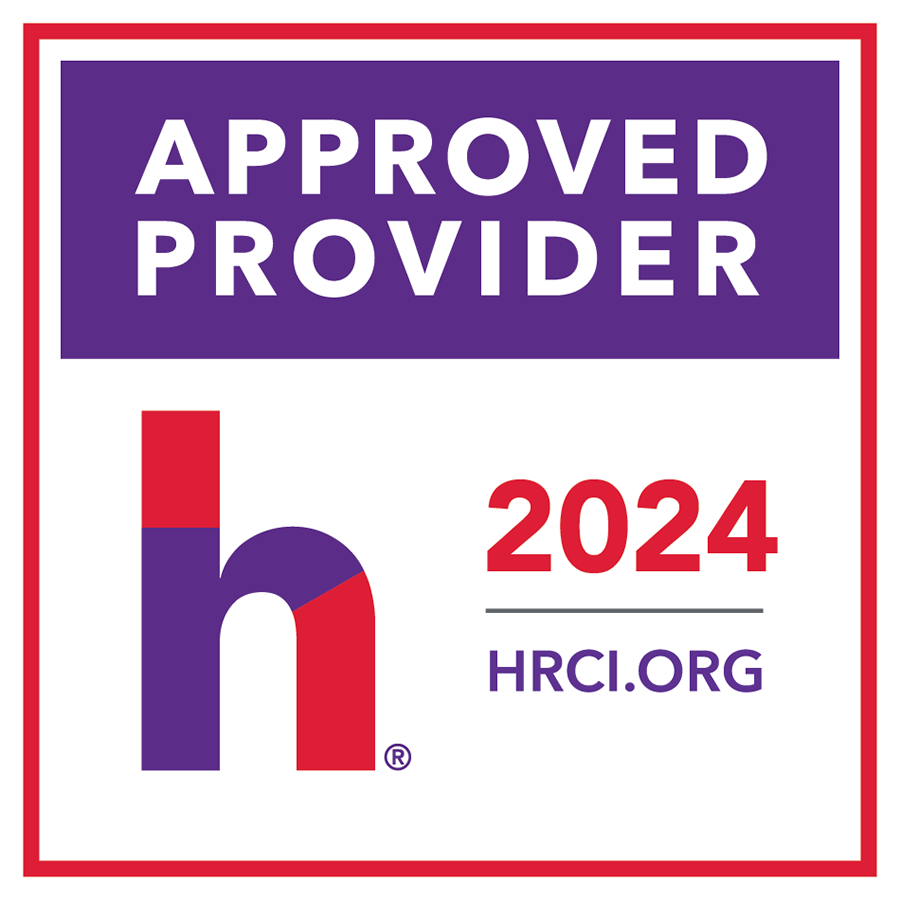- It is often unclear what competencies an HR department should develop to achieve HR departmental priorities.
- It can be difficult to assess selected competencies quickly and at no to low cost since many third-party assessments are expensive or too expansive and in-house assessments can be difficult to create.
- Development plans for effectively developing an HR department in the selected competencies often don’t exist, are overly complicated, or do not accurately target the selected competencies.
Need Extra Help?
Speak With An Analyst.
- Get on-demand project support
- Get advice, coaching, and insight at key project milestones
- Go through a Guided Implementation to help you get through your project

Our Advice
Critical Insight
- Effectively develop your HR department by keeping it simple. Identify department-wide and individual competency gaps, then provide employee development opportunities using a variety of learning methods to increase the likelihood of adoption and success.
Impact and Result
- Use McLean & Company’s three-step process to identify the competencies key to delivering on the HR department’s priorities, assess the HR team against these competencies, and create a training and development plan to address competency gaps. Weigh time, budget, and the size of the competency gap when determining how to address each gap.

HR Transformation

This program has been approved for continuing professional development (CPD) hours under Section A of the Continuing Professional Development (CPD) Log of the Human Resource Professionals Association (HRPA).

McLean & Company is recognized by SHRM and can award Professional Development Credits (PDCs) for the SHRM-CP® or SHRM-SCP®.

HR Certification Institute's® (HRCI®) official seal confirms that McLean & Company meets the criteria for pre-approved recertification credit(s) for any of HRCI’s eight credentials, including SPHR® and PHR®.
How to complete this course:
Use these videos, along with the Project Blueprint deck above, to gain an understanding of the subject. Start with the Introduction, then move through each of the Course Modules. At the end of each Module, you will be required to complete a short test to demonstrate your understanding. You will complete this course when you have completed all of the course tests.
- Number of Course Modules: 5
- Estimated Completion Time: 1.5 hours
Learning Outcome
Describe the importance of aligning the HR department with the organizational people strategy and explain the different pillars that can be leveraged to achieve this.
Learning Objectives
By the end of this course, learners will be able to:
- Select a high-level HR structure that compliments the organization's objectives and enables top HR priorities.
- Identify and improve HR processes that are used to deliver transactional services.
- Explain how technology is reshaping the HR function.
- Determine the critical competencies for the HR team and identify a strategy for improving them.
- Describe the important role change management plays in successful HR transformation and identify strategies that can be used in your organization.
Course Modules

Introduction

Module 1

Module 2

Module 3

Module 4
Systematically Develop Your HR Department
Create a simplified process that addresses both department-wide and individual employee development needs.
Executive Summary
McLean & Company Insight
HR's own development often falls to the wayside because of competing priorities and capacity constraints. Use a simple process to assess and address gaps and increase the likelihood of adoption.
Situation
Effective HR departments drive organizational success: organizations that have highly effective HR departments are more likely to be high performing in key areas including innovation, workforce productivity, and ability to change (McLean & Company, 2022 Trends Survey; N=799-808).
However, many HR departments have not yet reached this level of effectiveness. In fact, only 54% of HR professionals rate their HR department as highly effective, and this is 1.6x greater than the percent of stakeholders rating their HR departments as highly effective – meaning stakeholders view their HR departments as less effective than HR views itself (McLean & Company, 2022 Trends Survey; N=378-431).
Complication
The requirements of HR are continuously increasing with the growing needs of stakeholders.
However, HR rarely has the time to focus on its own development to effectively support stakeholder needs. This is often because HR spends most of its time prioritizing the needs of employees outside of HR over its own needs. Compounding this is the fact that few organizations provide HR with opportunities to develop strategic HR competencies (McLean & Company, 2022 Trends Survey; N=353).
Solution
Use McLean & Company's three-step process to identify the competencies key to delivering on the HR department's priorities, assess the HR team against these competencies, and develop a plan to address competency gaps.
Weigh time, budget, and the size of the competency gap when determining how to address each gap (e.g. by developing the team with department-wide training and individual development plans, bringing new employees with the desired competencies into the HR team, or by exploring offboarding employees who are not able to develop).
Highly effective HR departments positively impact organizational success
An effective HR department is important not just for HR, but for the entire organization.
Organizations whose HR departments are highly effective are more likely to be high performing in the following key organizational performance parameters:
High-performing HR departments drive organizational impact by:
- Delivering exceptional customer value.
- Responding proactively to disruptive change.
- Driving innovation.
- Attracting the talent the organization needs.
When HR does it right – when those organisational[sic], social or cultural capabilities are aligned to the technical core competencies which drive the strategy to deliver a pattern of consistent earnings – this raises investor confidence in the future.
– Norm Smallwood (quoted in Bolza)
|
Ability to Change |
1.8x |
more likely to be high performing. |
|---|---|---|
| Innovation |
1.8x |
more likely to be high performing. |
|
Workforce Productivity |
1.5x |
more likely to be high performing. |
(McLean & Company, 2022 Trends Survey; N=799-808).
 Systematically Develop Your HR Department
Systematically Develop Your HR Department
 Succeed as a CHRO With a Leadership Development Program
Succeed as a CHRO With a Leadership Development Program
 Build a Resilient HR Team
Build a Resilient HR Team
 Build HR Influence Through Curiosity and a Coach Approach
Build HR Influence Through Curiosity and a Coach Approach